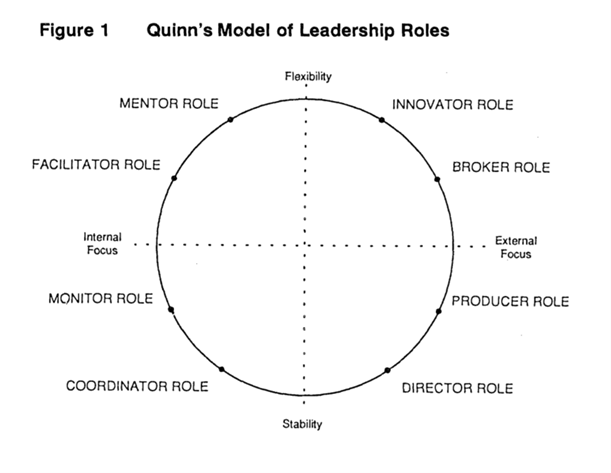In order for leaders to effectively navigate complex situations, they need to become complex beings.
In my academic research, I have come to learn that there are different forms of complexity. There is moral complexity, behavioral complexity, emotional complexity, cognitive complexity, and leader complexity.
This week, I will focus on behavioral complexity.
Regardless of the form of complexity, what is important to note that there is a reciprocal relationship between vertical development and complexity:
- As people become more complex, they become more vertically developed
- As people become more vertically developed, they become more complex
By identifying and understanding the different forms of complexity, we can evaluate just how complex we are across these different forms. And, if we find that we aren’t very complex with one form of complexity (at least not to the degree we would like to be), that now becomes an area to focus on for our continued vertical development.
Let me introduce you to behavioral complexity.
Behavioral Complexity
The basic premise of behavioral complexity is that more effective leaders draw upon a broad and diverse set of behaviors as they perform their job. The broader and more diverse behavioral repertoire that a leader can pull from provides them with the greatest ability to navigate complex, ambiguous, and unanticipated demands and contexts.
What is Behavioral Complexity?
The formal definition of behavioral complexity is: Having the ability to perform multiple roles and behaviors necessary for the organizational or environmental context they operate within.
There are two components of behavioral complexity:
- Behavioral repertoire – The range of behaviors and leadership roles a person is capable of performing
- Behavioral differentiation – The ability to effectively employ the most appropriate behaviors or leadership roles that the situation dictates or requires
One way that I commonly like to discuss this when working with executives and leaders is… Behaviorally complex leaders have:
- A large number of hats in their closet (that they can possibly wear)
- The ability to take on and take off their hats in a quick and effective manner
What Behavioral Complexity Looks Like
Robert Quinn, a professor emeritus at University of Michigan and leadership and organizational change thought leader, compiled the following model of leadership roles:

This model suggests that the most effective and behaviorally complex leaders have the ability to flex in an out of having an internal focus (facilitator or monitor roles) to having an external focus (broker or producer roles) and from being flexible (mentor or innovator roles) to being stable (coordinator or director roles).
The least effective and behaviorally complex leaders struggle to shift from having an internal focus (facilitator or monitor roles) to having an external focus (broker or producer roles) and from being flexible (mentor or innovator roles) to being stable (coordinator or director roles).
The Benefits of Behavioral Complexity
The benefits of behavioral complexity can best be summed up in one word: Ambidexterity. The more ambidextrous leaders are, the more effectively they can navigate the mosaic of circumstances they will encounter.
Improving our Behavioral Complexity
Here is an activity I have executives and leaders go through:
- What label would you use to describe your most common “mode?”
- What are other common “modes” that you operate from?
- Think about a recent day. Go through your day and identify the different “modes” that you were in throughout the day.
- What are “modes” that you don’t spend much time in, but you need to spend more time in? (Feel free to use the model above to identify areas you aren’t spending much time in)
- What can you do to improve your ability to step into these “modes” more regularly?
Now, it is up to you to practice operating in different modes.










